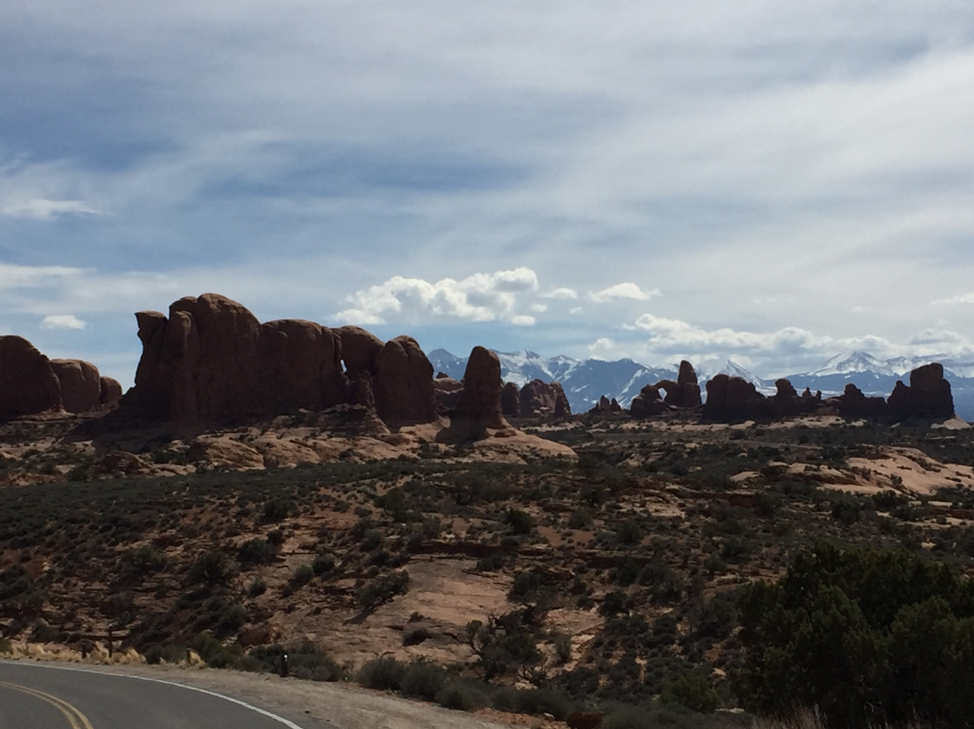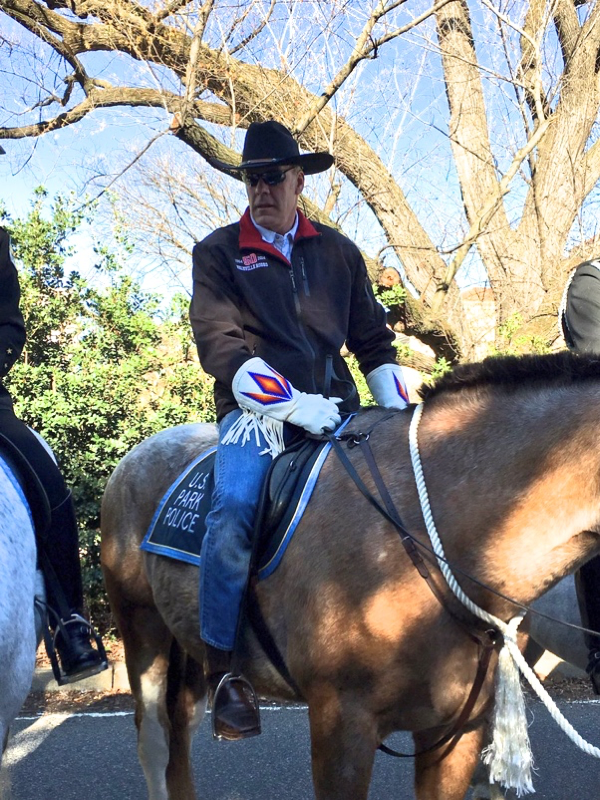
Today, I’m sitting in a book-filled room at Folio, the membership-based, non-profit library that’s been my writing home for the last two years. Every Tuesday and Thursday I ride the bus from home in Kenmore to downtown Seattle and settle in, free of homely distractions, for a day of writing. No dishes to wash, mail to retrieve, rugs to vacuum, trash to empty, or decks to sweep.
For the past nine years I’ve tried to approach writing as a full time job. Try is the operative word. Even here at Folio there are distractions. I sneak looks at Facebook, peak at incoming email, or dreamily watch the Bainbridge ferry crossing to the island. Writers have always complained about how difficult it is to concentrate. Joseph Conrad had his wife lock him in his bare bones study until his allotted writing time was up. Good for writing but hard on the marriage.
Folio was created “as a gathering place for books and the people who love them” in rooms full of them–floor to ceiling bookcases, hallways lined with them, big rooms, small rooms, and alcoves full of them–and being here reminds me of a story I wrote years ago about an introverted bachelor lawyer who loved literature, as I do. He felt compelled to write, but as he sat in the library looking at thousands of volumes lining the walls he had an epiphany – there were so many, most unread and collecting dust – and he willed himself to write anonymously to avoid adding to the glut.
And, this was his passion for the next 50 years. He wrote after work. He wrote on weekends. He wrote novels, short stories, histories, and biographies that, when completed, he stacked neatly in a closet in his San Francisco Victorian. He showed them to no one. Then, ironically, following his death the cache was found by a relative sorting the estate out and the work was offered to a publisher. Only then, through this chance discovery, did he become famous and widely admired for his prose style and innovative treatment of subject matter.
It’s a long-standing debate; is it the product or process that is most important? For many I suppose it’s both. For the bachelor lawyer it was the process. I think that’s true for me as well, although it’s always flattering to receive a compliment on the product.
I recently exchanged emails with a talented young writer I knew long before he was a successful writer. Now at age 40, he’s published three novels and a number of short stories. I’ve known several authors and been impressed by how hard they work and how difficult it is to make a decent living from the craft. Several teach. It’s a growing field, but what they really live for is writing.
In my early thirties my wife, Abby, and I lived in a small French town for nine months. It was my try out year as a writer. A local office supply store rented me an old typewriter, and I learned the French keyboard – another challenge. After a week or so of that, my life as a writer began.
This is Rue Jean Aicard in St.Tropez, where my French typewriter and I lived and wrote.
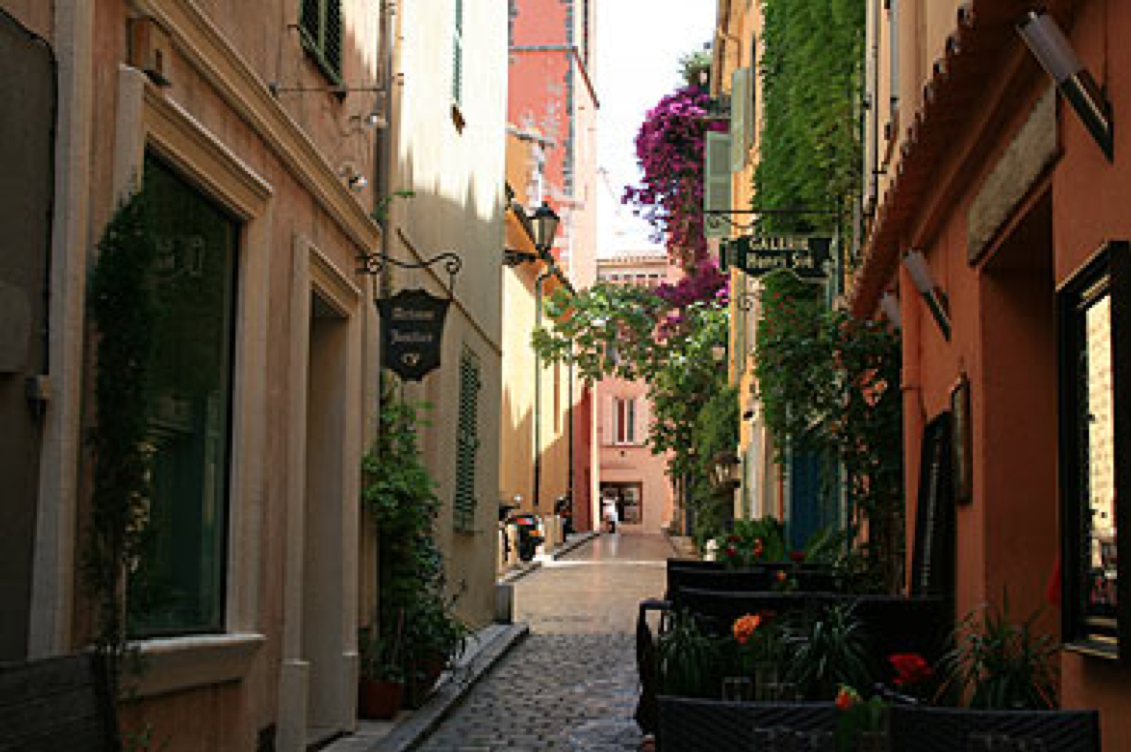
For almost a year I labored at writing fiction with no one but my wife to read it. I had no one else to show my work to and I wasn’t another Conrad. In the spring, I wrote to San Francisco State, one of a handful of colleges that had creative writing programs and asked if I could take a few courses when I returned. I wasn’t interested in another degree, but they told me the only way I could take classes was to enroll in their MFA program. So, I did.
I spent almost a year at SFSU where my advisor was Kay Boyle, a novelist and Lost Generation colleague of Hemingway, Beckett, and Joyce among others. The stimulation and contact with other writers was just what I what I was looking for, but I was transferred to New York before I could complete the program. Now, years later I’m writing again. I wish I had been consistent over the years but wishing doesn’t get it done.
Whatever happens next, I feel good about what’s happening now. My friend, Bob Gandt, wrote a book called Mastery in which he suggests creating a new mission for ourselves when we’ve completed the work for pay stage of our lives. Mine is to be a better writer. In the end, like my bachelor lawyer character, what I’ve written may be discovered by my children. Maybe they will learn things they didn’t know. I’ve had an unusual life, much of which they haven’t been part of. Being their parent has been an important part of my life but not the only part. I hope they appreciate the first part of that and enjoy the second.
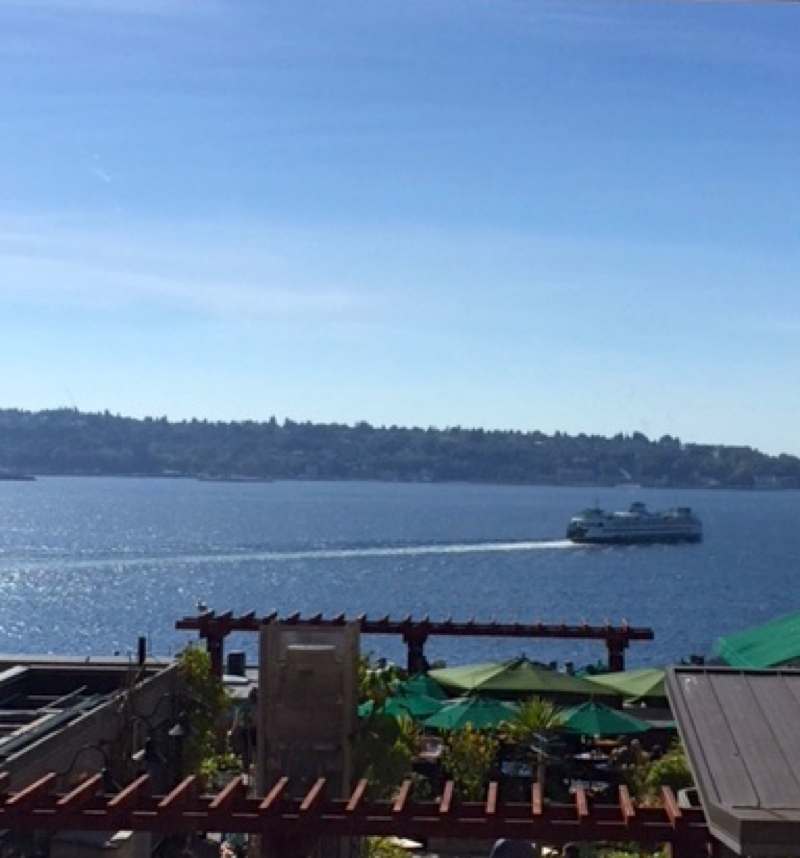






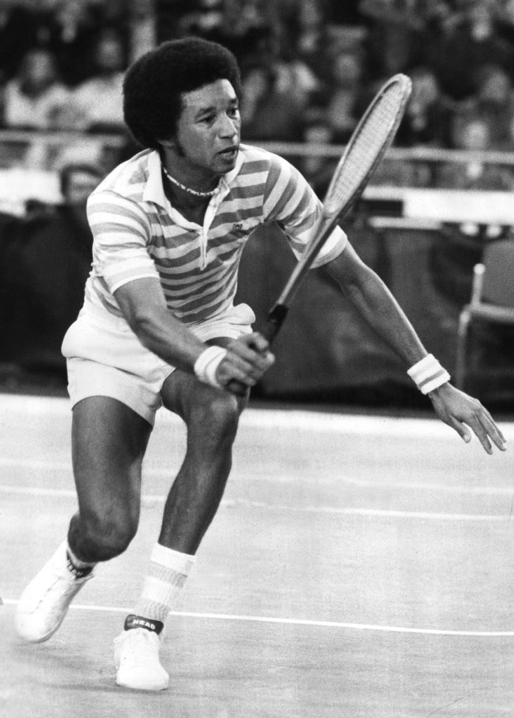


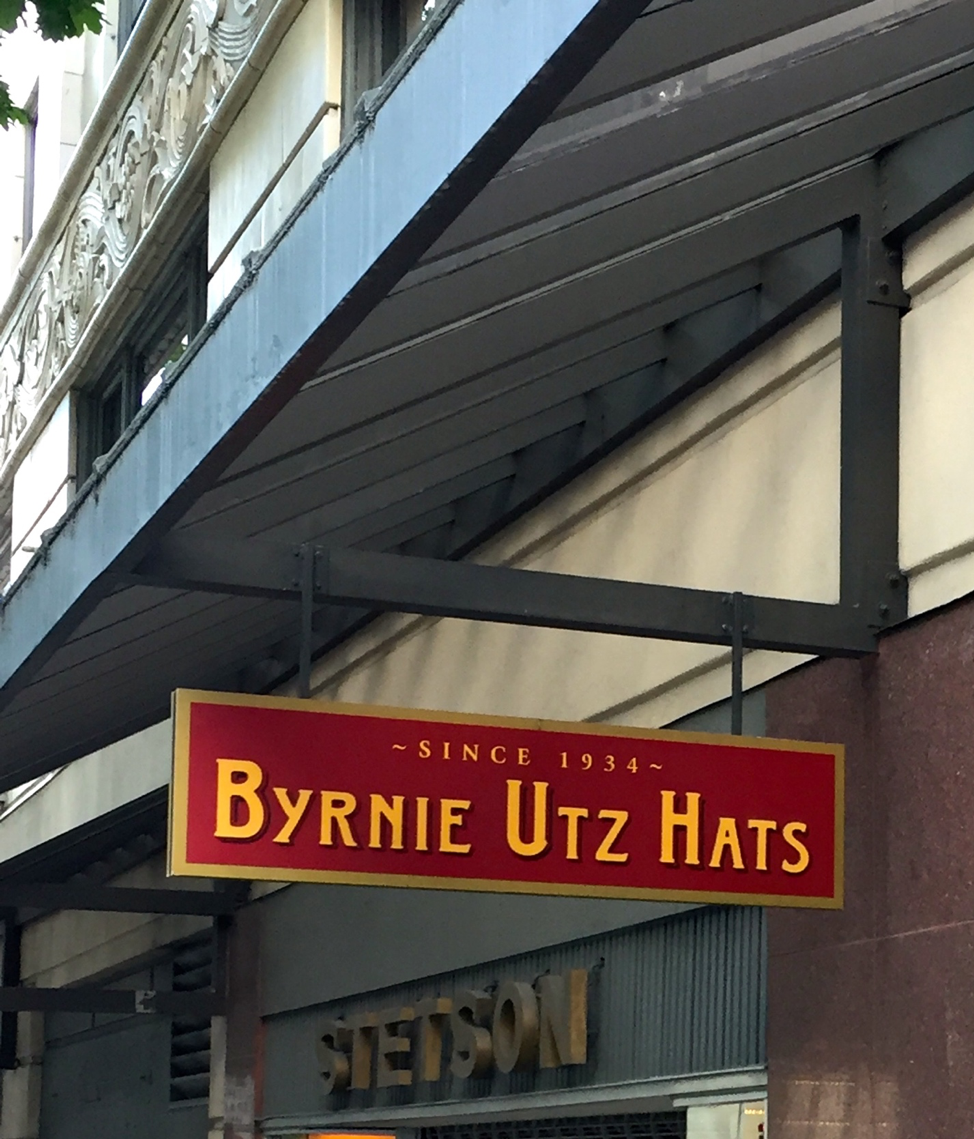
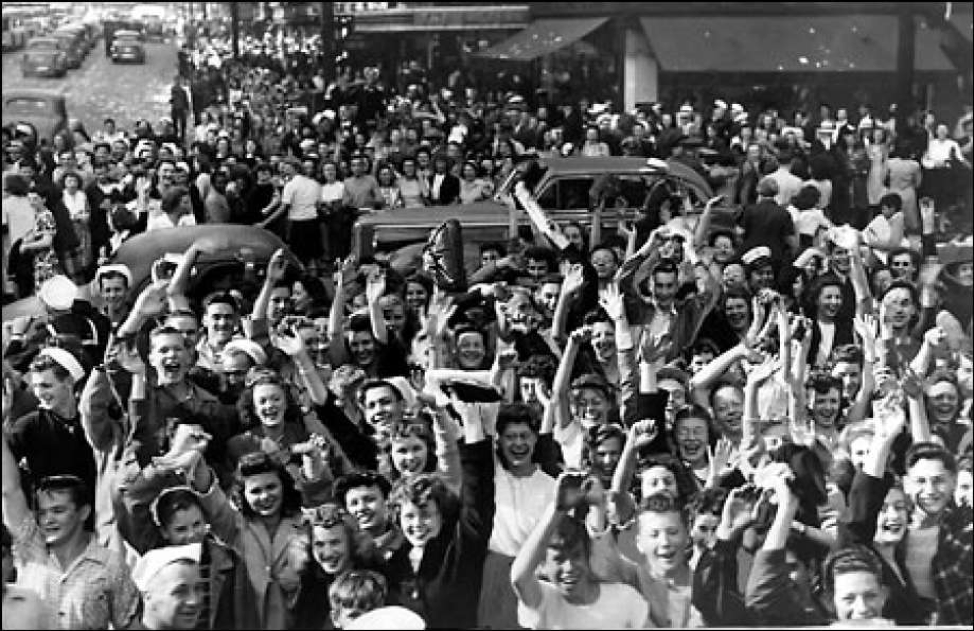
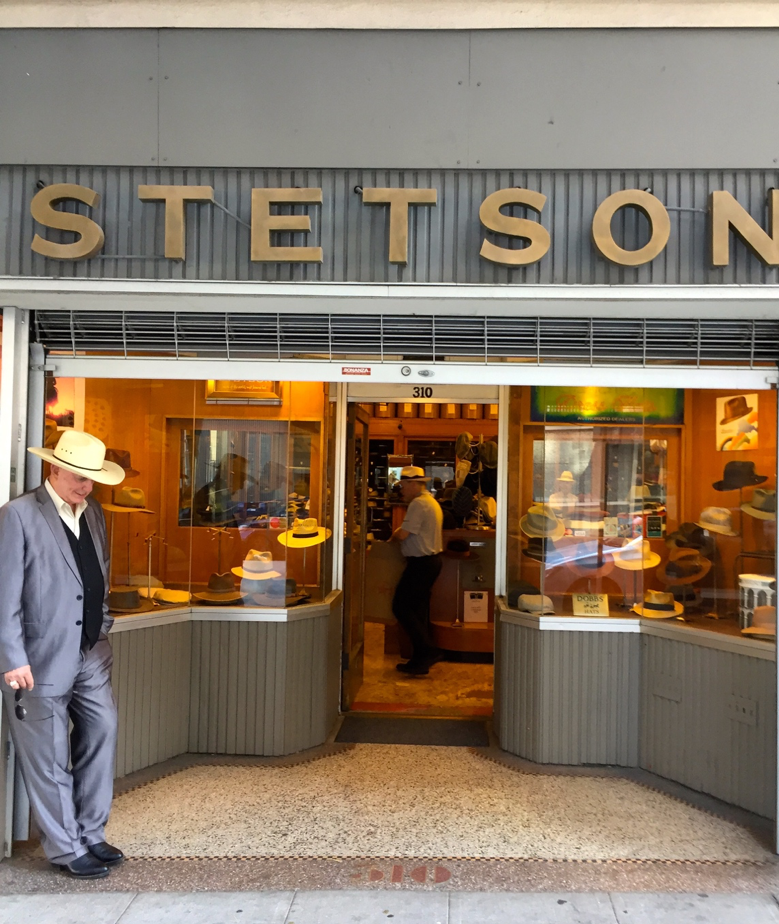
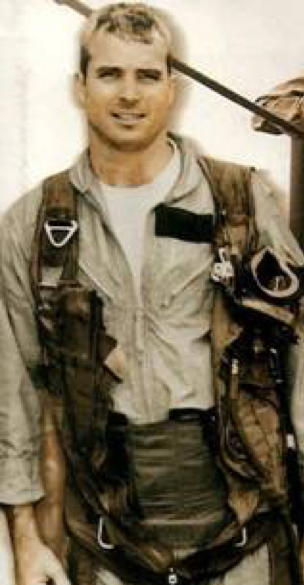

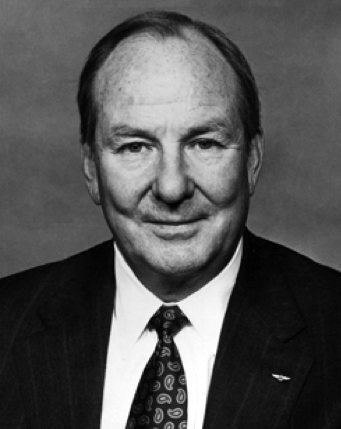 Carl and I joined VMF-323, an F8 Crusader squadron at Marine Corps Air Station El Toro, after getting our wings. Then, following our active duty service, started law school together at UC Berkeley. If you met Carl today you’d be impressed by his courtly, dignified manner, but beneath that smooth surface is the fighter pilot who once ejected from a Crusader and who, during a break from our law school studies, saved my sorry ass by taking out a guy in a dive bar on San Pablo Avenue when the guy thought I was getting too familiar with his girlfriend. One punch. Fighter pilot friendship. That’s another story John McCain would have smiled about.
Carl and I joined VMF-323, an F8 Crusader squadron at Marine Corps Air Station El Toro, after getting our wings. Then, following our active duty service, started law school together at UC Berkeley. If you met Carl today you’d be impressed by his courtly, dignified manner, but beneath that smooth surface is the fighter pilot who once ejected from a Crusader and who, during a break from our law school studies, saved my sorry ass by taking out a guy in a dive bar on San Pablo Avenue when the guy thought I was getting too familiar with his girlfriend. One punch. Fighter pilot friendship. That’s another story John McCain would have smiled about.

